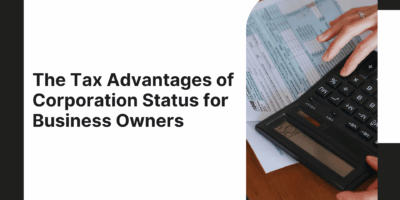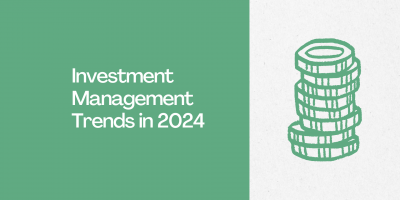
Can You Use Your 401(k) as a First Time Home Buyer?
Understanding the pros and cons of using 401(k) as a first-time home buyer is crucial. Should using the 401(k) as a first-time home
buyer be considered as a last resort?

Lack of retirement funds, high debt, and no emergency savings are the main reasons for implementing employee financial wellness programs. More and more employees are using employer-provided services to help them with their finances. The statistics below highlight the benefits that workers and organizations have from financial wellness programs


The benefits of financial wellness programs significantly outweigh the costs of such programs, so having such a program in place is vital to businesses and employees.
Browse our curated list of vendors to find the best solution for your needs.
Subscribe to our newsletter for the latest trends, expert tips, and workplace insights!

Understanding the pros and cons of using 401(k) as a first-time home buyer is crucial. Should using the 401(k) as a first-time home
buyer be considered as a last resort?

What if your biggest tax lever isn’t a deduction but your legal structure?

Offering a 401(k) sends a clear message to your workers that you care – and are willing to invest in – their future. Explore our 401(k) Providers Buyers Guide to equip your organization with the knowledge for a successful selection and implementation process.

From emerging technologies and the wealth transition to a shift in growth and tax strategies, here are the most significant investment management trends shaping 2024.
Used by most of the top employee benefits consultants in the US, Shortlister is where you can find, research and select HR and benefits vendors for your clients.
Shortlister helps you reach your ideal prospects. Claim your free account to control your message and receive employer, consultant and health plan leads.